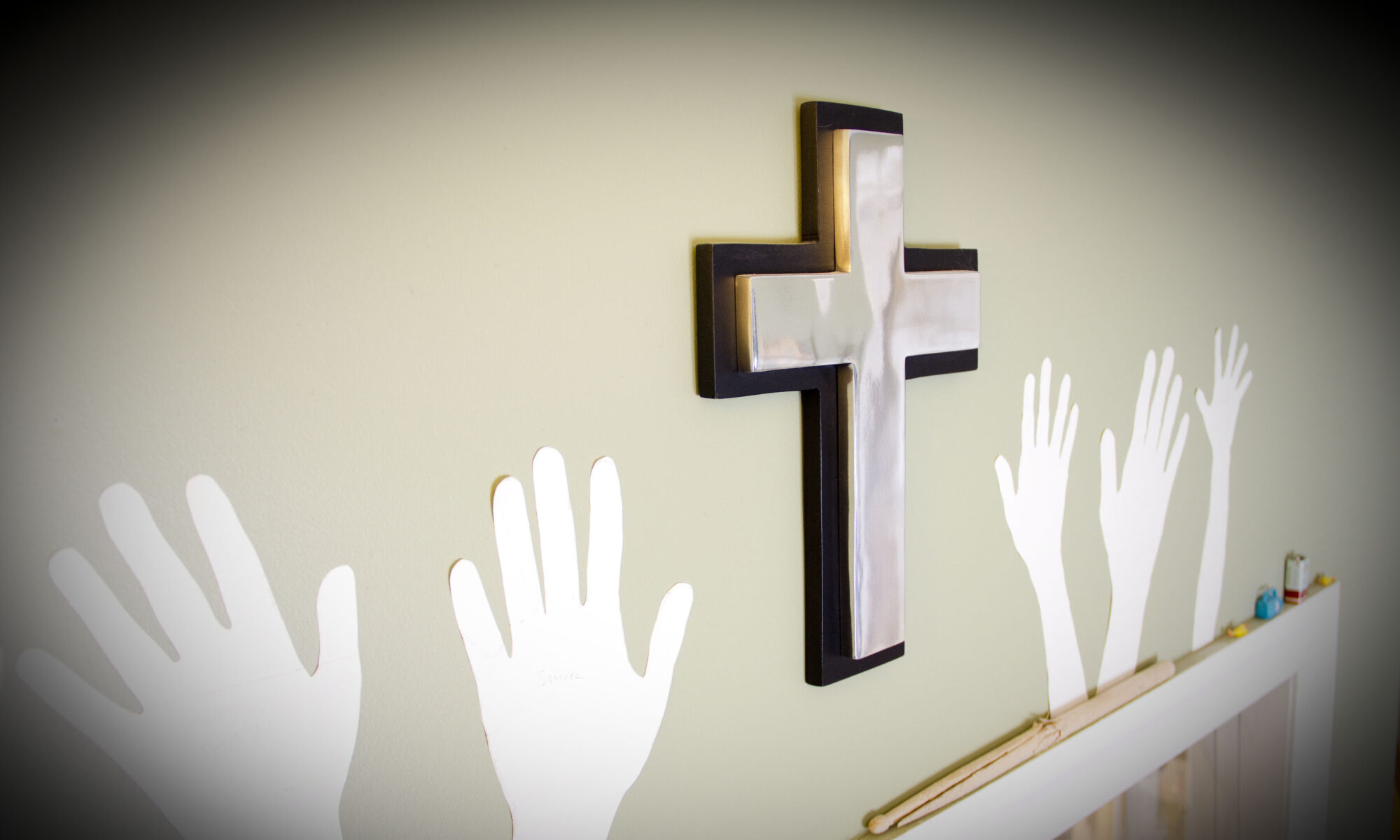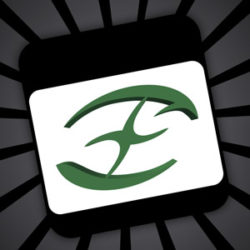Happily, I have begun to enjoy a return to songwriting lately. This is a song I recently completed. The book of Acts describes the amazing faith and deeds of the believers in Jesus at the time that the church first began. Immediately, they came under severe threat and persecution for speaking the good news of salvation in the name of Jesus of Nazareth. Around the world and throughout the ensuing two millennia, there is still an active hostility to this faith. But as we look back on the early church and their response, their response to pray for more boldness is an inspiration to all who live today and know that someone else could use the same hope that we have come to know.
I hope you enjoy the song. If you are interested in some of the production techniques utilized to record it, here are some additional notes below that journal the highlights of the process.
External effects were used for the electric guitar tracks and recorded “wet” rather than using amp/effect modeling in the DAW (Studio One). It was an exercise in creating an effects patch from scratch on the Digitech RP1000, and I was very satisfied with what I came up with. Volume swells with the expression pedal, Vox AC30 amp/cab, and plenty of modulated delay and hall reverb. All were double tracked with slightly different pickup selections and panned hard LR.
The synth pads and pulsing sound were supplied by the Korg minilogue. These were also patches I created from scratch. Both parts used the duophonic mode, a choice which sounds great (thanks to subtle detuning of the voices) and also which made the synth parts simple to play. The pad uses a 1 measure triangle LFO on the filter cutoff, and the pulse uses a 16th note square LFO on the filter cutoff. The pads were double tracked with a slight detuning of the saw oscillator (I think?), and panned hard LR.
Other external synth sounds were sequenced from the DAW and recorded directly from the line-outs of the Korg plugKey — a MIDI/audio interface for the iPad. So even though I’m using “app” versions of synthesizers such as the ARP Odyssey, all of the parameters can be controlled by MIDI using envelopes in the DAW. It’s a great way to pretend I have a lot of great hardware synthesizers, get hands-on with knob/slider hardware controllers, but also have the luxury of rehearsing and fine-tuning to make the sound play out as best fits the song.
Native Instruments supplied the Irish whistle and Studio Drummer via Kontakt. My son Timothy played the drum parts on a Roland TD-11, which goes standard MIDI out into my MCU Pro control surface and then into my DAW. A factory drum patch in Studio Drummer was modified a little to deepen the snare and increase reverb level.
The choir was a fun evening with friends and family in my living room. It was recorded with an X-Y pair of SE Electronics RN17 cardioid pencil condensers. Like the synth parts, this was written for just two voices: male and female, as opposed to bass, tenor, alto, soprano. I don’t have any experience writing sheet music or directing a choir. To come up with the sheet music, I sang the parts I wanted, then used Melodyne to generate MIDI values for the notes and cleaned out any miscellany. I exported the men’s and women’s parts as MIDI files, then opened them with a freeware notation program called MuseScore. MuseScore allowed me to add in dynamics notation, lyrics, and titles, and then print them out for the choir. That was really a great experience.
Finally, Presonus Studio One has been a very reliable and accessible DAW to use. The synth pads were sidechained from a muted kick channel in the 2nd half of the song for a simple quarter note pumping effect. I can’t say enough nice things about Studio One.


